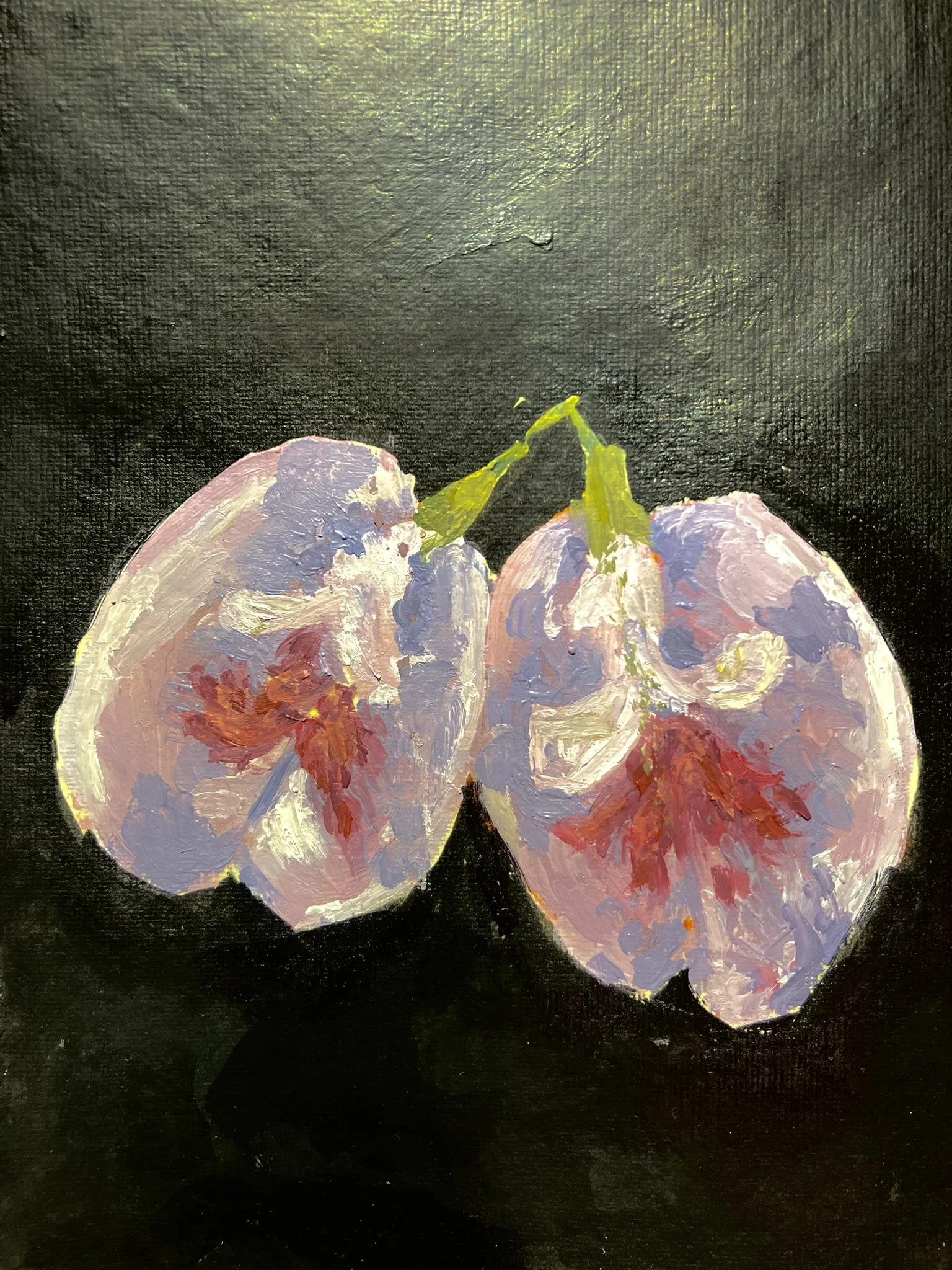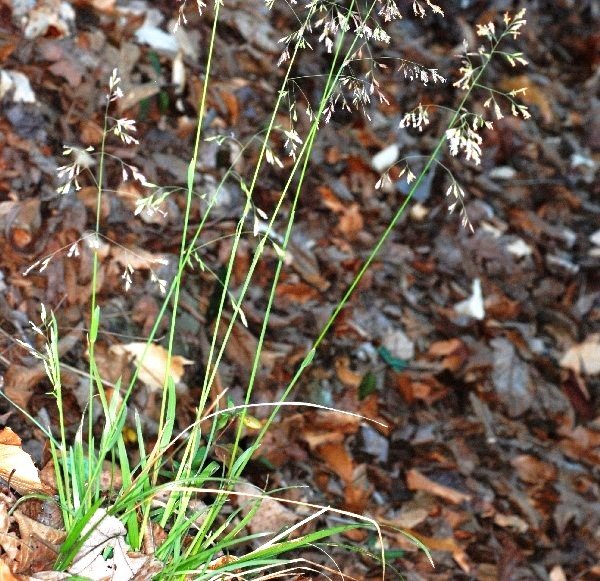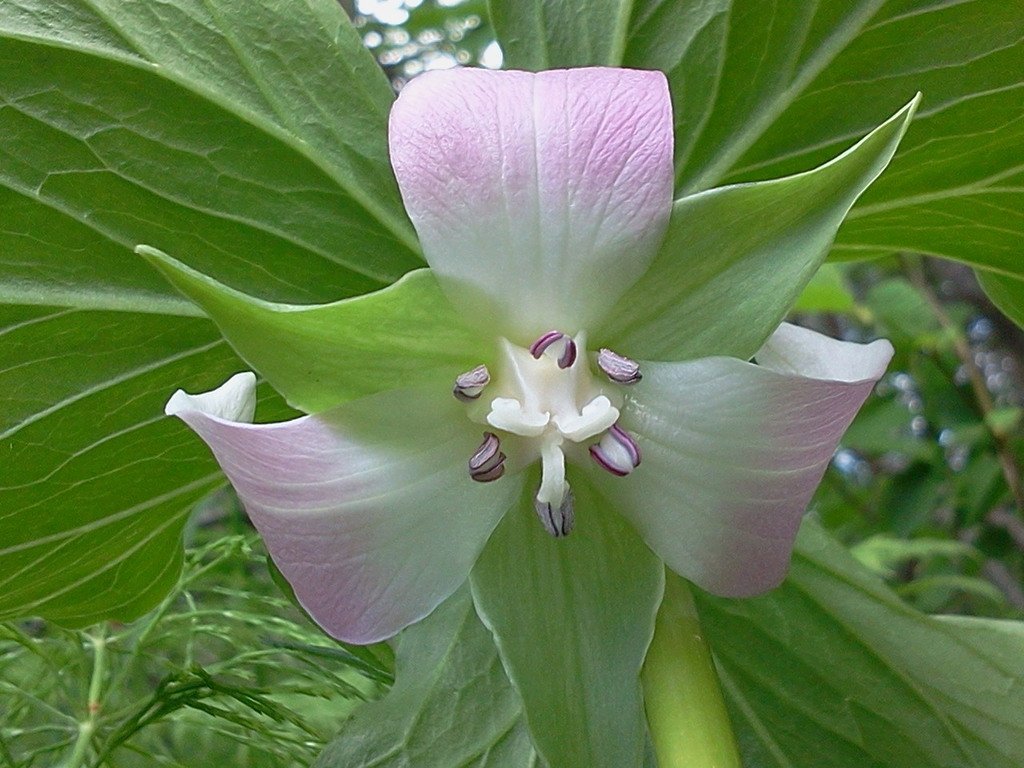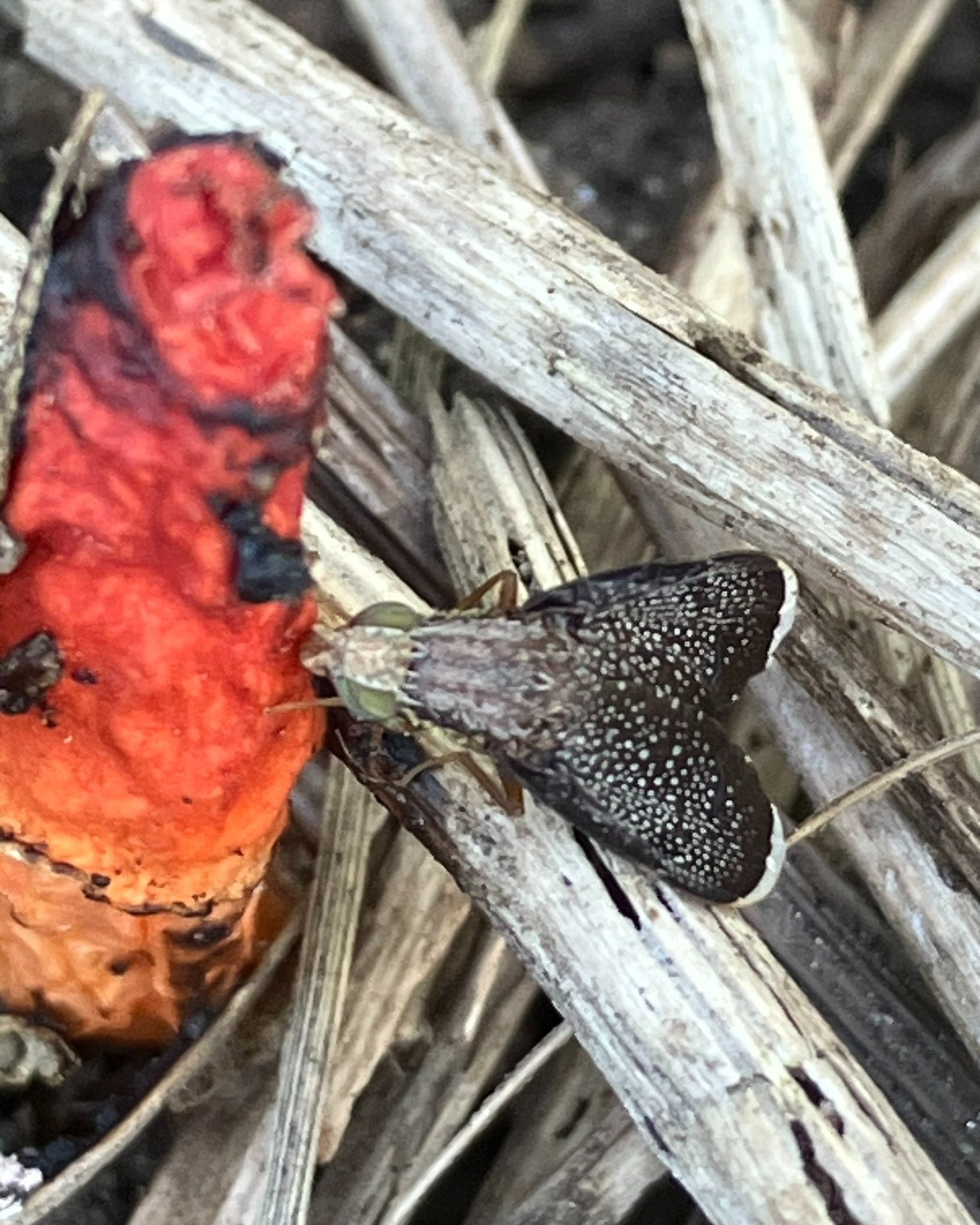
Seeing the big picture: images of what’s been lost from Philadelphia
So what have we lost in the last 200 years? A grass here, a shrub there. But putting it all together in this beautiful set of oil paintings (the 1st of ?) by my talented daughter, brings home the magnitude of the loss: These were ours, and perhaps could be again.
This, and paintings, courtesy of Imogen Budick.

Should we cry for you Poa cuspidata? Long-term change in Philadelphia’s flora, part 2
Poa cuspidata (early bluegrass) is one of many graminoids (grass-like plants) documented by Barton, but which haven’t been seen in the city, or even nearby, in years. What more can we learn about large-scale changes in plant biodiversity in Philadelphia by reading Barton closely and comparing his work to that of our modern citizen scientists?
Image is from the USDA-NRCS PLANTS Database

Where has all the nodding trillium gone, or: what’s been happening to Philadelphia’s flora for the past two hundred years?
With Barton’s work in hand, and citizen science efforts abounding, we can use these data collectively to answer questions like: is Philadelphia’s flora more or less diverse that it was 200 years ago?; are exotic species increasing here?; and maybe most interestingly, what’s been happening to the diversity of our locally native plants?
Photo courtesy of North Carolina State Extension under a creative commons license.

“The Insects Remember” or: why am I doing all this?
It’s often the insects that attract little attention, but are at the center of robust ecosystem function, that we aim to bring back with locally native plantings. Pictured here is Eutreta noveboracensis, a native fly, feeding on a stinkhorn fungus in our wild native garden. Its larvae though develop in galls on the rhizomes of tall goldenrod (Solidago altissima) and possibly other goldenrod species - almost completely invisible to us, but not to their food sources, predators, or parasitoids. But as we invite these insects back into our landscapes through our planting and management choices, will they return?

Jump-starting native gardens with biennials, with a particular focus on the amazing fleabane
Biennials are often overlooked, but can help a new garden get established almost instantly. Pictured is a field of Erigeron strigosus in a West Philadelphia native garden plot.